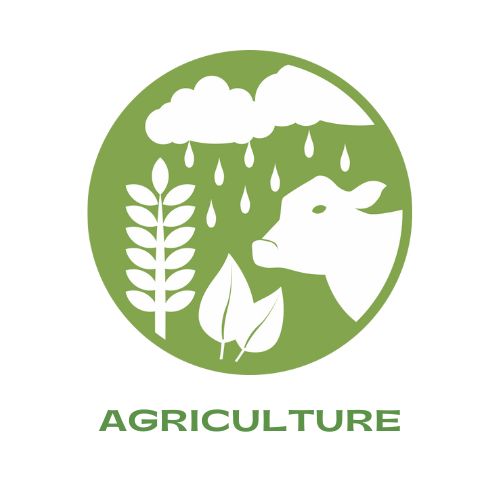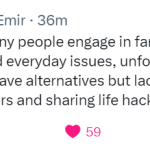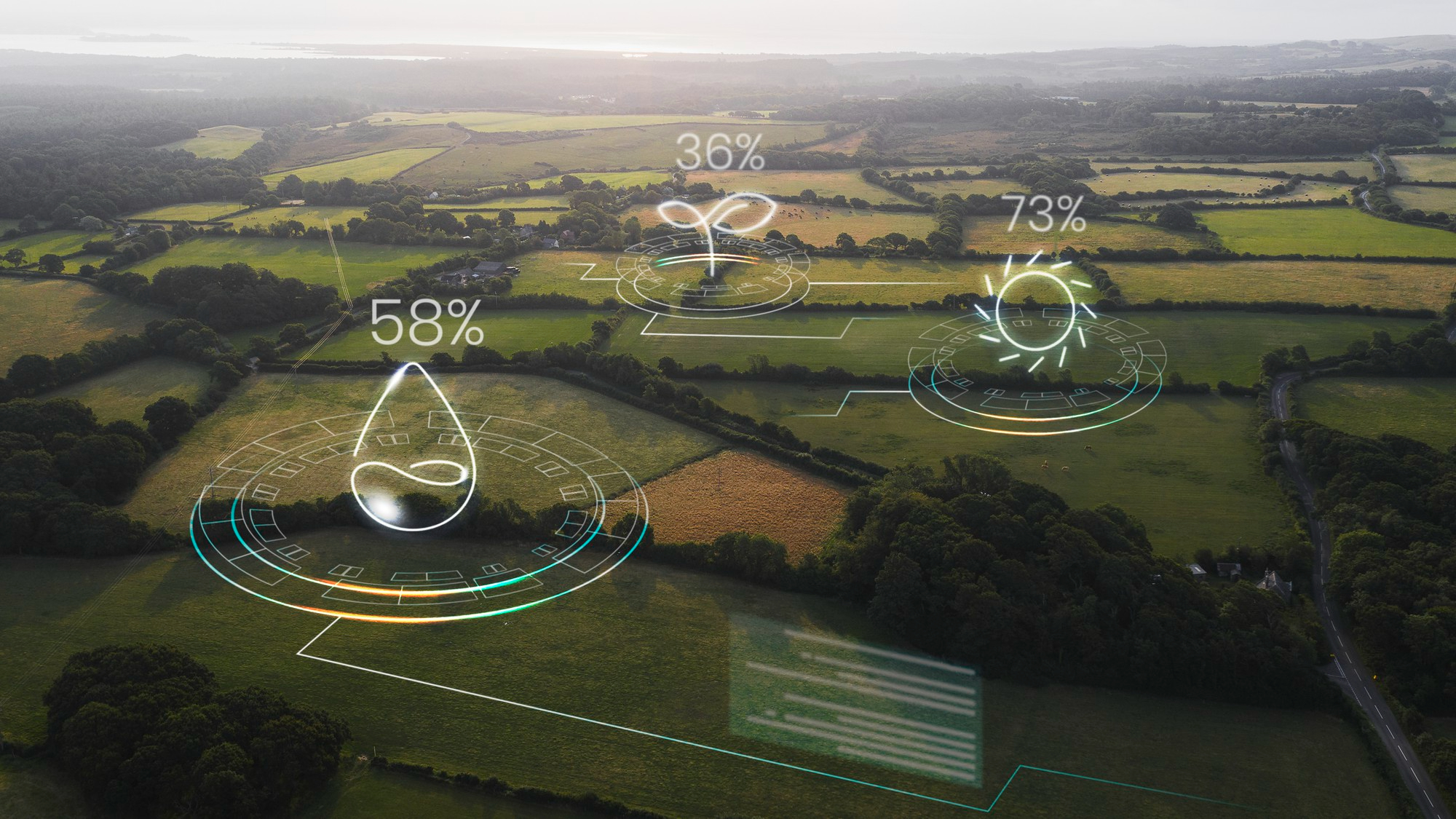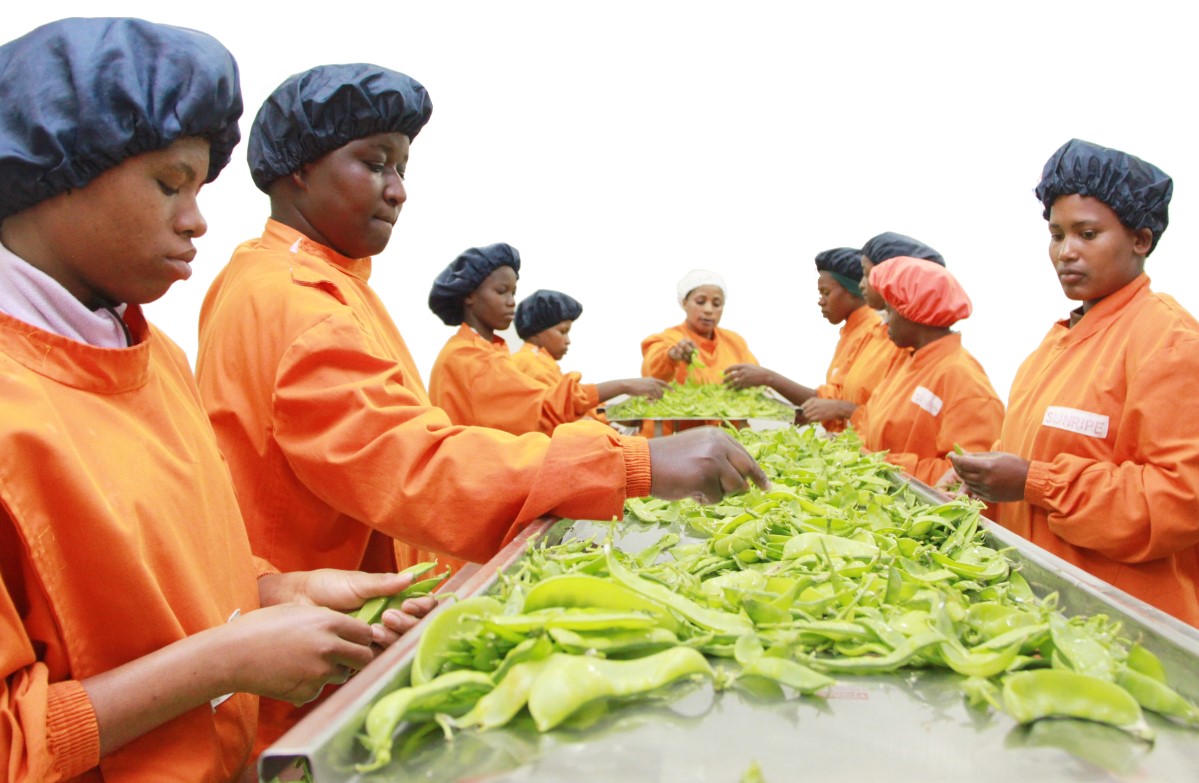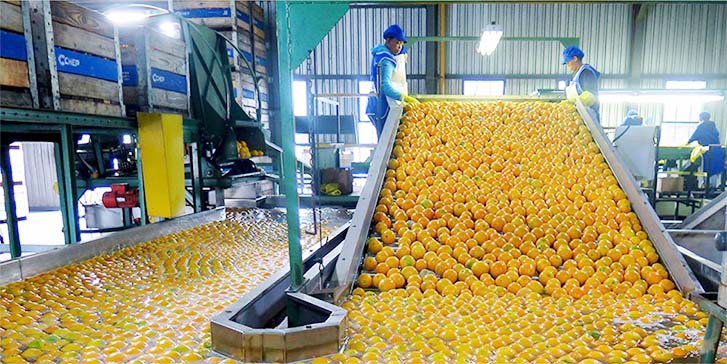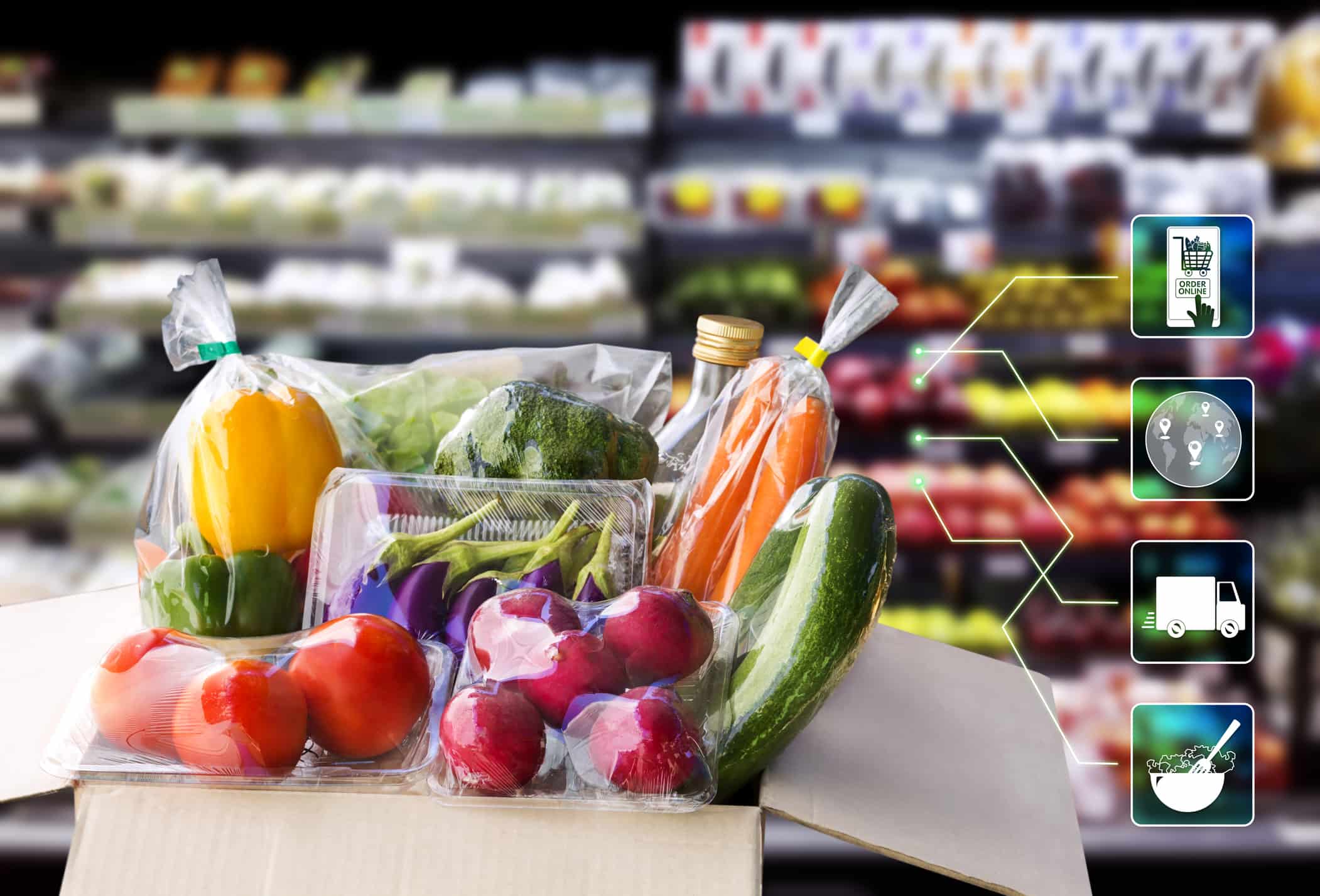How has the COVID-19 pandemic accelerated the shift towards online grocery shopping, and what challenges do traditional farmers’ markets face in adapting to this trend?
The COVID-19 pandemic accelerated the adoption of online grocery shopping, with many traditional brick-and-mortar grocers struggling to meet the surge in demand for home deliveries and pickups. At the same time, farmers’ markets were also disrupted, with many closing temporarily or limiting customers due to social distancing requirements. This combination of factors has led some to predict that the future of groceries may be online rather than in-person shopping. However, there are still challenges and barriers to making this prediction a reality.
Why Online Farmers Markets Are on the Rise.
Why are customers and retailers increasingly turning to online grocery shopping, and what obstacles prevent the online experience from replicating the sensory richness of in-person farmers’ markets?
On the one hand, the push towards online groceries makes sense for both customers and retailers. Ordering groceries online can save time and effort compared to traditional shopping trips. Retailers can also operate more efficiently with digital infrastructure rather than expensive real estate and labor costs associated with stocking shelves. The pandemic broke existing habits and introduced many new customers to the convenience of online ordering.
However, there are still obstacles in making the online experience equivalent to an in-person farmers’ market or grocery store. Factors like high delivery fees, lack of customer trust around freshness and quality, and difficulty replicating the sensory experience of selecting produce can limit adoption. On the supply side, many small farms and food producers still rely heavily on in-person sales channels like farmers’ markets for their business. Recreating this model online is complex and requires aggregating products across many small vendors.
Emerging Solutions Driving Growth of Online Grocery Shopping
Despite the challenges, there are emerging solutions that can make the online grocery shopping and digital farmers’ market platforms more viable over time:
- Lower-cost distribution models: Startups are testing creative ways of aggregating products from many small vendors to achieve economies of scale. This can help reduce delivery costs through methods like batching orders or using gig couriers. Companies are also trying out centralized pick-up spots in local neighborhoods.
- Case Study: Imperfect Foods (USA)
- Imperfect Foods is an online grocery delivery service that specializes in sourcing “ugly” produce and surplus food directly from farmers and producers.
- By leveraging a subscription-based model and efficient distribution networks, Imperfect Foods reduces food waste and offers customers affordable, high-quality groceries delivered to their doorstep.
- Case Study: Imperfect Foods (USA)
- Enhanced product visualization: High-resolution photos, video demos, and augmented reality can help customers evaluate freshness and quality when they cannot see items in person. Creative descriptions and labeling can also communicate growing practices, origin, and other differentiating product attributes.
- Case Study: Thrive Market (USA)
- Thrive Market is an online marketplace that offers a wide selection of organic and natural products at discounted prices.
- Through high-quality product images, detailed descriptions, and customer reviews, Thrive Market provides customers with the information they need to make informed purchasing decisions and trust in the quality of their products.
- Case Study: Thrive Market (USA)
- Strengthened local partnerships: Online platforms that effectively complement traditional brick-and-mortar grocers and farmers’ markets rather than directly compete with them are more likely to drive incremental revenue for local producers rather than just capturing existing spend. Partnerships also build goodwill and awareness in the community.
- Case Study: Local Roots NYC (USA)
- Local Roots NYC is a food hub and cooperative that connects urban consumers with small-scale farmers and producers in the New York City area.
- Through its online marketplace and community-supported agriculture (CSA) programs, Local Roots NYC offers a wide range of locally sourced produce, dairy, meat, and pantry items for delivery or pickup.
- By partnering with local farmers and producers, Local Roots NYC supports sustainable agriculture and fosters a sense of community among consumers.
- Case Study: Local Roots NYC (USA)
- Subscriptions and loyalty programs: Regular subscription orders or rewards programs can help vendors achieve predictable recurring revenue. This encourages participation from vendors who might otherwise be skeptical of costs and effort to sell online.
- Case Study: Amazon Prime (Global)
- Amazon Prime is a subscription-based service offered by Amazon that provides members with various benefits, including free two-day shipping, access to streaming content, and exclusive deals.
- By offering a compelling value proposition and encouraging customer loyalty through subscription memberships, Amazon Prime has become a dominant force in the online retail market and continues to drive customer engagement and retention.
- Case Study: Amazon Prime (Global)
- Food traceability through blockchain: Emerging food traceability solutions built on blockchain can give customers verified insights into sustainability practices, freshness, supply chain logistics and more. This can increase trust and willingness to purchase online.
- Case Study: Walmart (Global)
- Walmart, one of the world’s largest retailers, has partnered with IBM to implement blockchain technology to enhance food traceability and safety in its supply chain.
- By leveraging blockchain technology, Walmart can track the journey of products from farm to fork, providing customers with transparent and verifiable information about the origin, handling, and quality of their food purchases.
- Case Study: Walmart (Global)
- Focus on unique value proposition: Smaller, local, independent, organic, specialty – these types of differentiated positioning can allow online grocers to complement the big players like Amazon and Walmart rather than directly compete. Customers pay a premium for unique products rather than just convenience or price.
- Case Study: Thrive Market (USA)
- Thrive Market differentiates itself from traditional grocery retailers by offering a curated selection of organic, non-GMO, and sustainably sourced products at discounted prices.
- By focusing on health-conscious consumers and ethical sourcing practices, Thrive Market appeals to a niche market segment and provides a unique value proposition that sets it apart from competitors.
- Case Study: Thrive Market (USA)
- Hybrid online-offline experiences: Blending the convenience of online ordering and delivery with in-person experiences can be an interim solution until purely virtual options mature. For example, designated drive-through pick up locations for online orders where customers can still experience sights, smells, sounds of a traditional farmers market atmosphere while getting pre-packed bags loaded quickly into their vehicles.
- Case Study: Kroger (USA)
- Kroger, one of the largest grocery retailers in the United States, has embraced a hybrid online-offline model by offering online ordering and pickup services through its ClickList program.
- Customers can place orders online and schedule pickup times at designated Kroger locations, combining the convenience of online shopping with the familiarity of in-person pickup.
- This hybrid approach allows Kroger to cater to a diverse range of customer preferences and shopping behaviors.
- Case Study: Kroger (USA)
The bottom line is that while the pandemic may have been an inflection point, the transition to online grocery and farmers’ markets still requires evolution on multiple fronts before matching the experience customers are accustomed to with traditional in-person shopping.
But the combination of accelerating consumer adoption and advancing technology solutions means the trajectory is clearly headed towards more digital integration rather than a return to status quo.
The winners will find creative ways to balance human connection, quality, and convenience in a holistic omni-channel offering.

